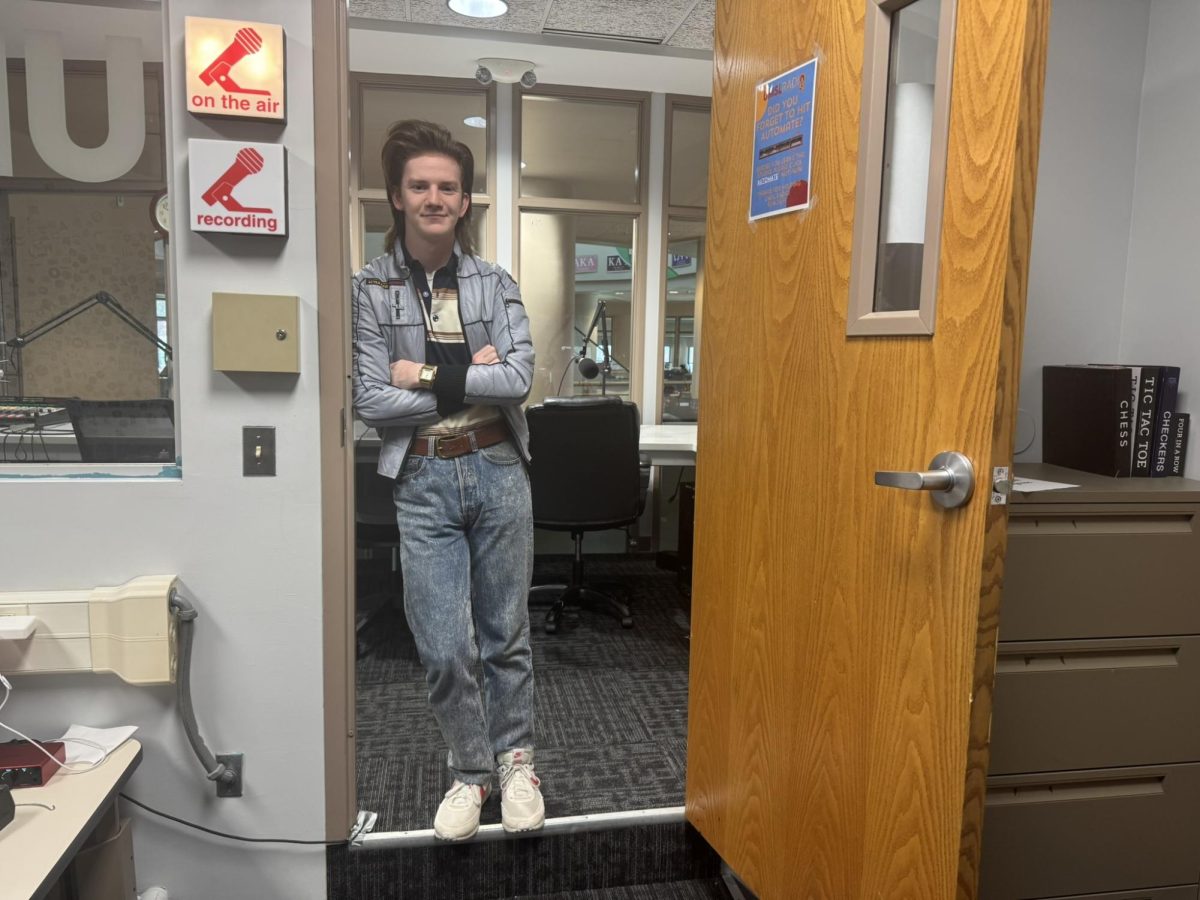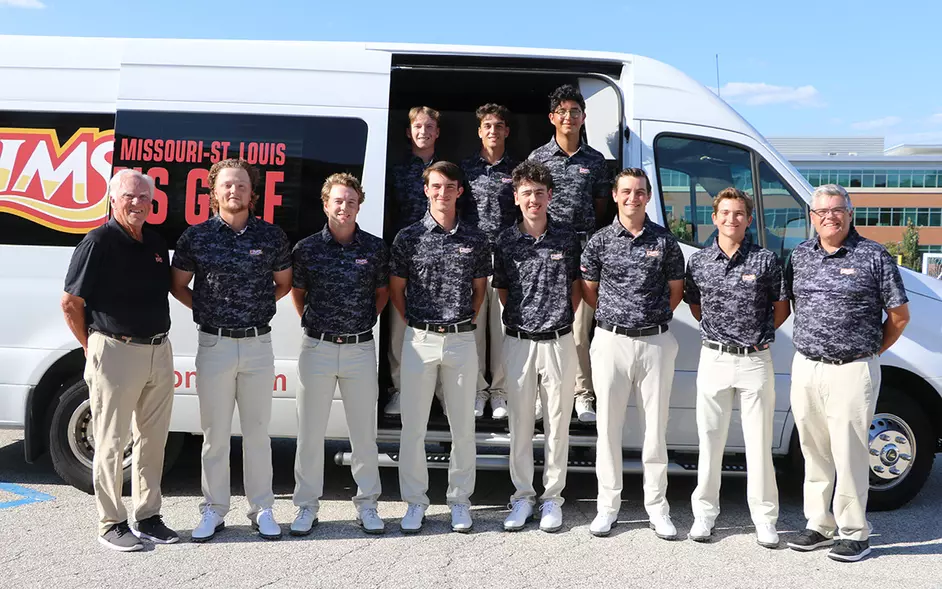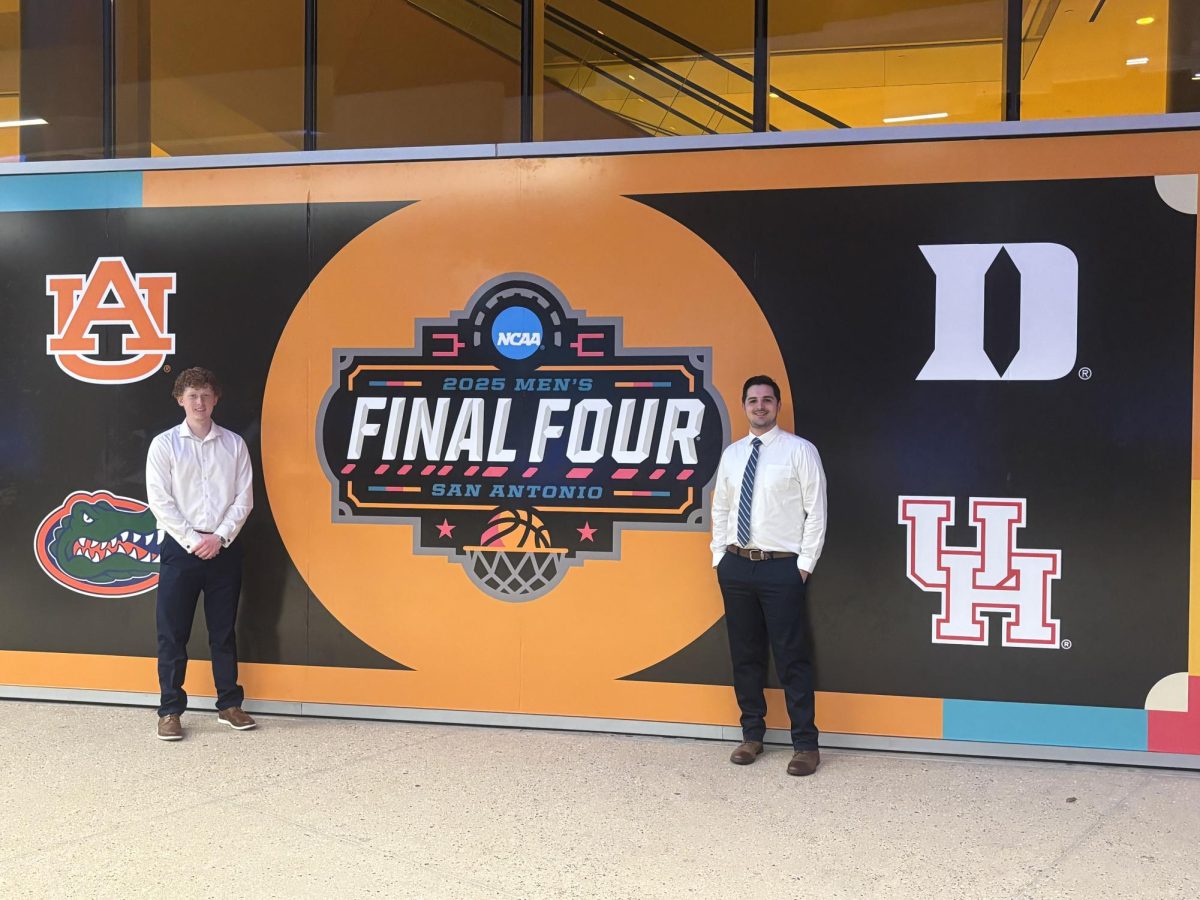Summer break can be especially stressful for parents as they struggle to find interesting, productive and positive ways for their school-aged children to spend their time. The variety of options for summer programs seems endless. From outdoor activities to robotics camps, the specific skills learned over the summer have the potential to become the exact skillset needed to build a fruitful career in the future.
As an only child and a purebred indoorsy kid, my mother did her best to give me opportunities for enrichment during the summer months. While not all camps are created equal, there have been a few that I remember fondly as they contributed to me becoming the person I am today.
Offering life-changing experiences to children like the one I had is precisely the idea behind UMSL’s Bridge Program. For the low price of zero dollars, parents can rest easy knowing their children are busy all summer building better futures instead of being injured during archery practice.
Launching in 1986 under the guidance of former UMSL chancellor Marguerite Ross Barnett, the Bridge Program was one piece to a larger puzzle that aimed to show children the doors that higher education can offer, making it possible for them to dream big. Barnett’s ability to foster positive relationships led to partnerships with local companies whose funding allowed programs like Bridge to happen. Now, more than 35 years after its inception, the program continues to offer fresh and immersive learning opportunities to children of all ages.
Through the years, the exact programming has evolved to remain relevant and offer impactful experiences to children still working toward graduating high school. While those periods of adolescence can be overwhelming, as children are starting to be asked to figure out their lives, certain programs slow things down and let children learn as much as possible to help them make informed decisions about their lifepaths. One such program is PR Pathways.

A new offering from UMSL, PR Pathways, was created by UMSL professor Jill Alexander. With more than 30 years of experience in public relations, Alexander is a true veteran of the industry. Her knowledge and reputation make her an important figure in the PR world and the perfect person to introduce teenagers to the field. Combining expertise and leveraging professional relationships helped Alexander craft a week full of in-depth educational experiences that, for 10 lucky high schoolers, could easily be remembered as the start of the rest of their lives.
As the student facilitator and media summer camp alum, I entered the experience with a sentimental and buzzing excitement for what was to come. Having helped develop programming, I knew the children were in for a treat. However, I wasn’t anticipating the flood of emotions to hit as my nostalgia mixed with the joy of witnessing this group of teens discover talents they didn’t know they had. With each activity, a new spark ignited in the room as each student saw the options for their futures broaden.
Students from all over the metro area applied to participate in the program, but with only 10 slots open, the chosen few had to stand out. Showing interest in a future career in communications or media, along with participating in related extracurriculars, brought 10 bright stars to the classroom.
While a comprehensive deep dive into public relations in a mere five days is impossible, five main concepts were chosen for this crash course in all things PR. With daily guest speakers and a special field trip scheduled for the end of the week, the teens learned about branding, media literacy, photojournalism, and storyboarding in an environment not often available to students at any level.

On the first day, Chris Starkey arrived after a brief lecture from Professor Alexander on branding. As a marketing executive at Wells Fargo Advisors, Starkey spoke on professional and personal branding, pulling from her wealth of knowledge. Starkey’s talk led to a candid conversation about the realities of working in the industry. Her candidness opened the floor for conversations about navigating careers, the importance of relationships, and the benefits of ongoing skill development. Afterward, the teens flexed their existing skills by designing unique logos for their personal brands.

Day Two centered on media literacy, sparking conversation around news consumption habits and the spreading of misinformation and disinformation on social media. To no one’s surprise, high schoolers don’t spend much time fact-checking the “news” that flashes across their various screens. But, between an informative lecture and a moving talk from KMOV anchor Melanie Johnson, this group is much more likely to investigate stories further before accepting them as fact.
Johnson took extra time to share a personal testimony about achieving success despite the many obstacles placed before Black women in society, especially in corporate America. The recurring theme of Johnson’s conversation was knowing your worth, a poignant seed to plant in the minds of teenagers who often feel unimportant and powerless. This mindset is something she and incoming UMSL freshman Javahn Watkins know all too well, seeing that their chance meeting at a restaurant transformed from a somber occasion to an inspiring news story that continues to touch the hearts of those who hear it.

Day Three brought back all the feels from my media camp days as Brian Munoz of St. Louis Public Radio taught a hands-on lesson on photojournalism. Munoz shared his work while explaining the intent and technique behind each artful photo. After his presentation, it was time for the students to try it for themselves as the group explored campus to tell stories with photographs, using the same camera Munoz uses for his professional work.
Something that I will never forget from camp is how it felt to finally get a chance to handle professional cameras and use expensive software. I would’ve never known what I could create if it weren’t for direct interaction with programs like Adobe Photoshop or Fruity Loops. Today, I use these and similar programs just for fun and couldn’t imagine life without those skills and that exposure.
Something tells me that the teens share a similar gratitude for PR Pathways. The program offered rare opportunities to engage with industry professionals and develop new skills. For students like Michelle Kuria, taking photos with Munoz unlocked a talent and passion she otherwise hadn’t explored.
Kuria told UMSL Daily, “I didn’t know I had a passion for taking photos, but this has been really fun … especially with a real camera. This is the first time I’ve used one. It’s great!”

Alia Arif and Madisyn Siebert of Weber Shandwick joined the group for the fourth day to discuss storyboarding. The duo shared details about their biggest campaigns and explained how a global agency manages to work in sync to create unforgettable brand experiences. Their generous show-and-tell helped connect the concepts learned throughout the week just in time for the final day’s field trip.

The program culminated with an exclusive behind-the-scenes tour of KSDK-TV studios, courtesy of Sonya Potter. Potter, a network producer, has worked in broadcast news since 1994. As she guided the group through the station halls, she highlighted how technology’s advancement challenges new stations to be ahead of the technological curve. Following the tour, the group saw the state-of-the-art technology in action as they observed the noon news being produced live from inside the control room. This special, real-time experience showcased how each concept and skill set we covered throughout the week come together to bring ideas to life every single day.

I also visited a news station during my camp experience. Mind you, this was back when we traveled on the back of a Brontosaurus, so the technology looked different. However, the impact remains the same.
PR Pathways gave these teens access to college-level instruction from experts, face-to-face interaction with professionals, hands-on skill development utilizing industry-standard equipment and programs, tangible options for school and/or work after high school and, most importantly, formative memories that may inspire their futures as industry rockstars. It sure beats archery, if you ask me.






















